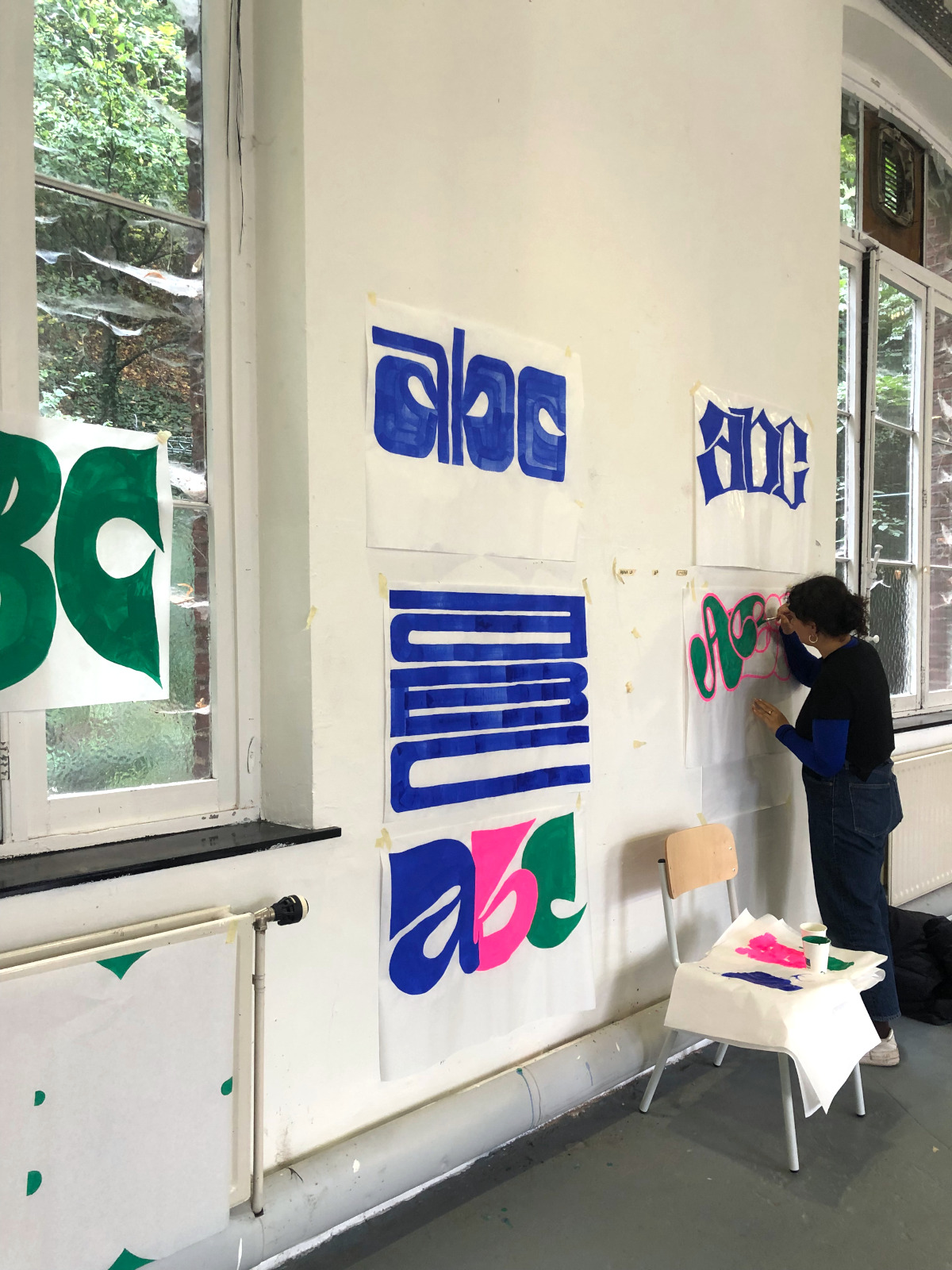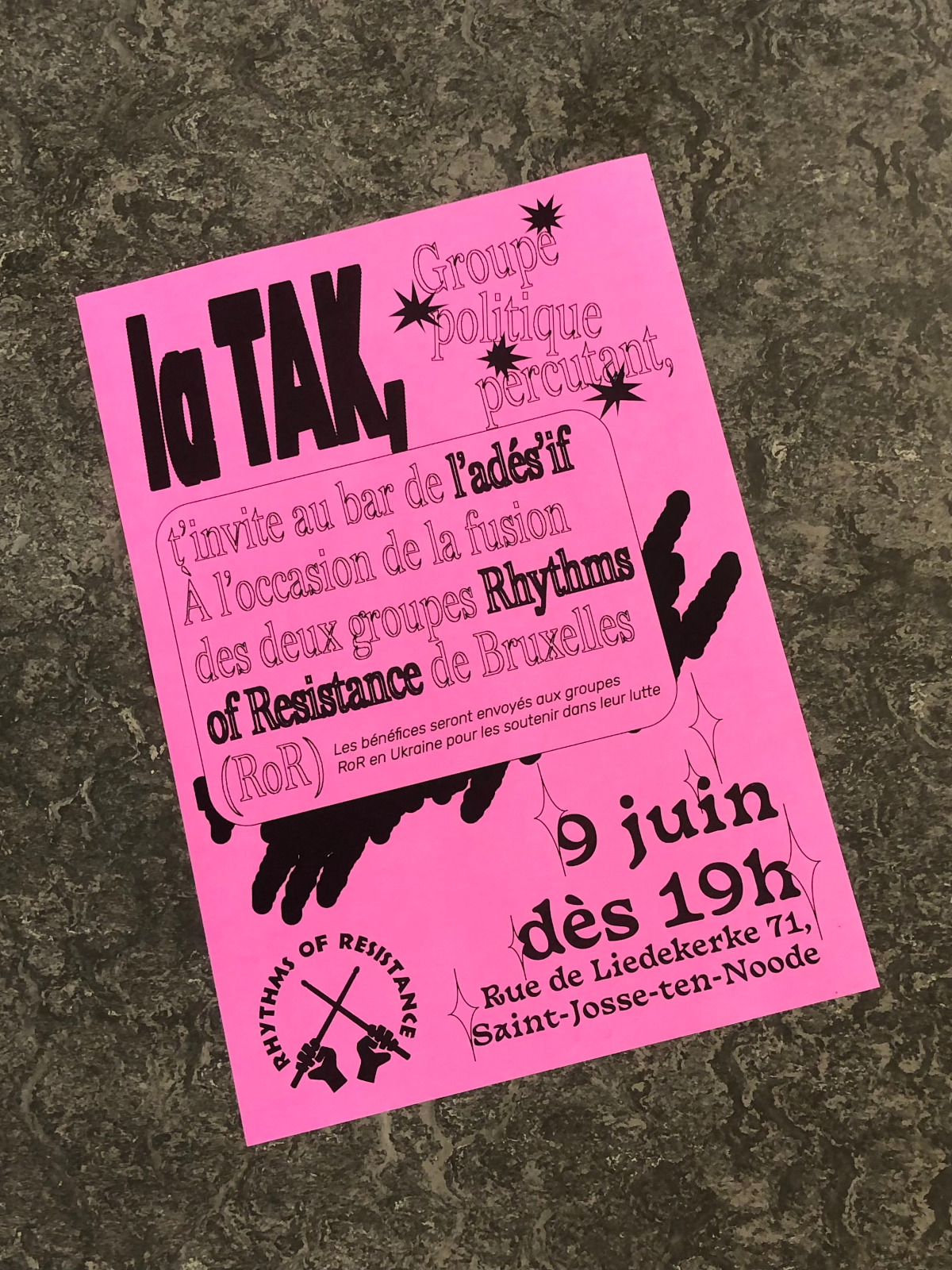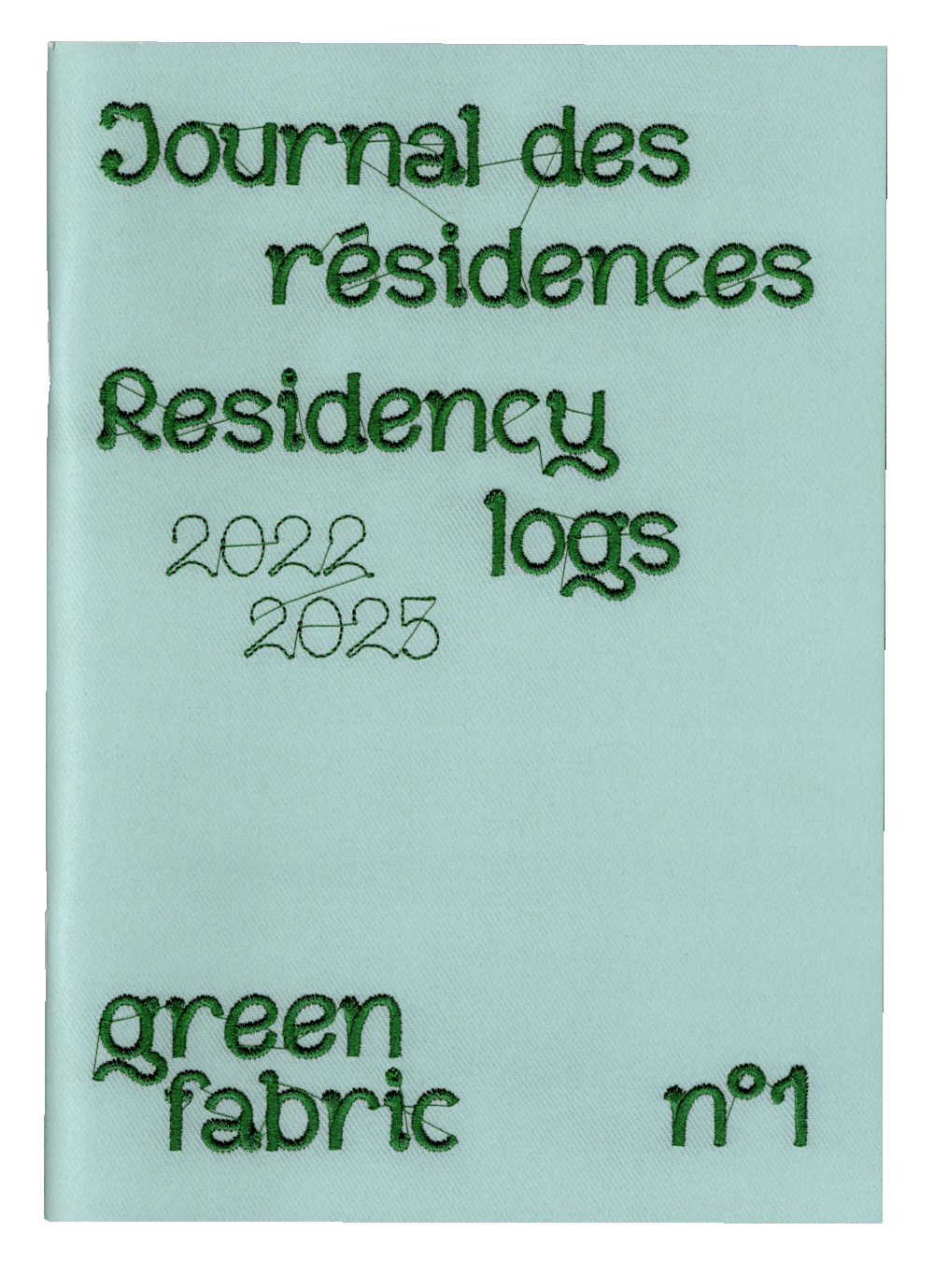
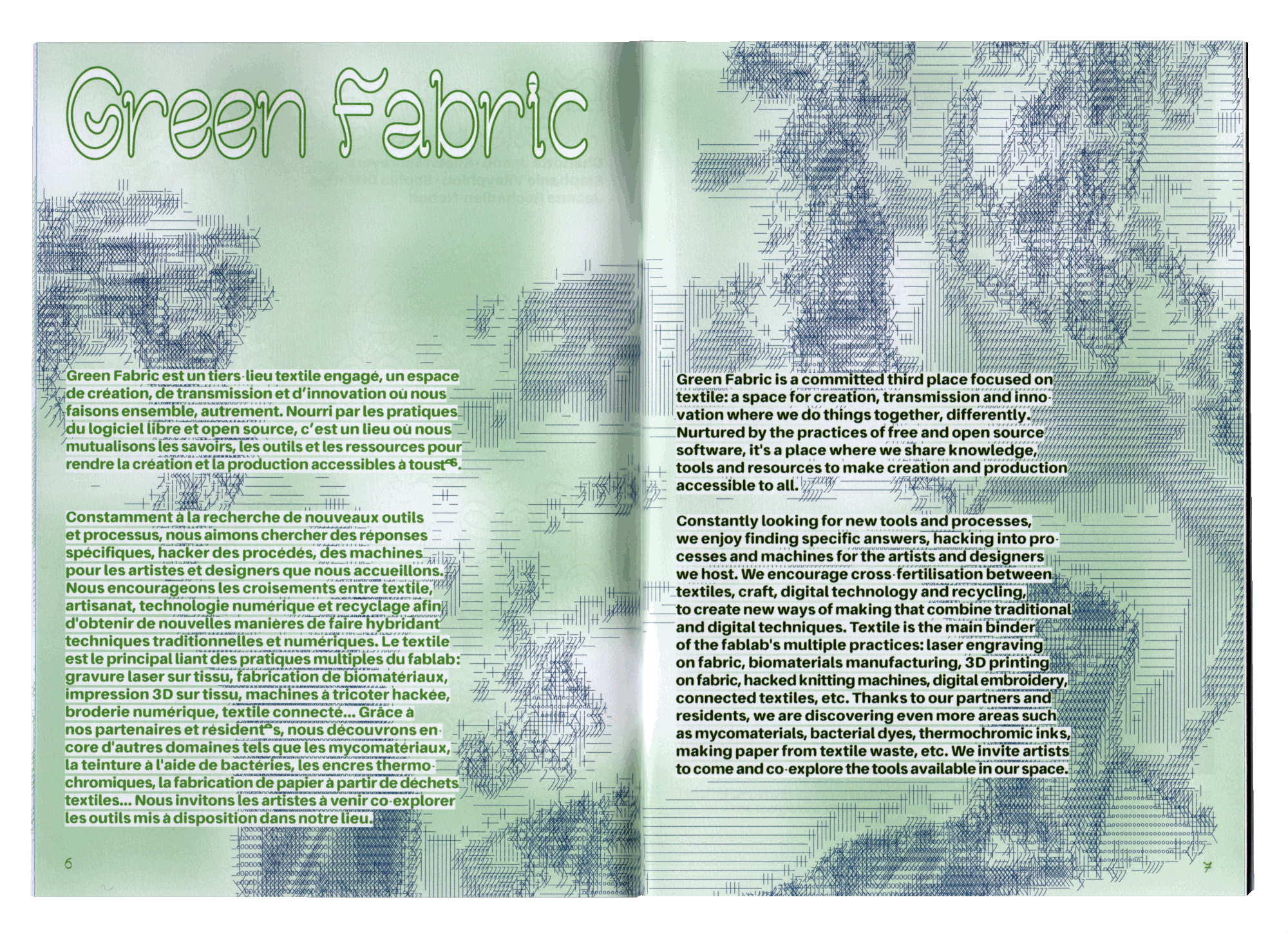
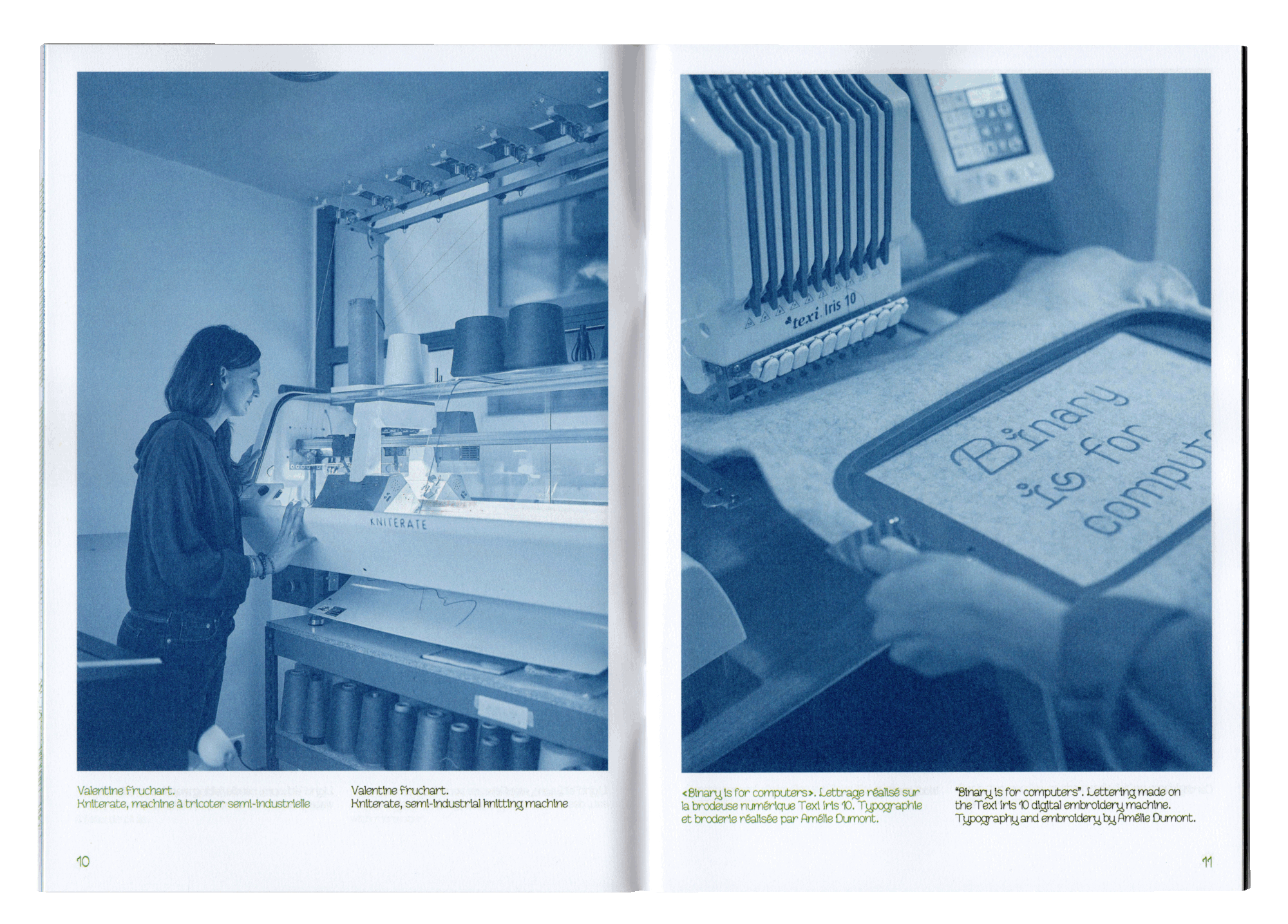
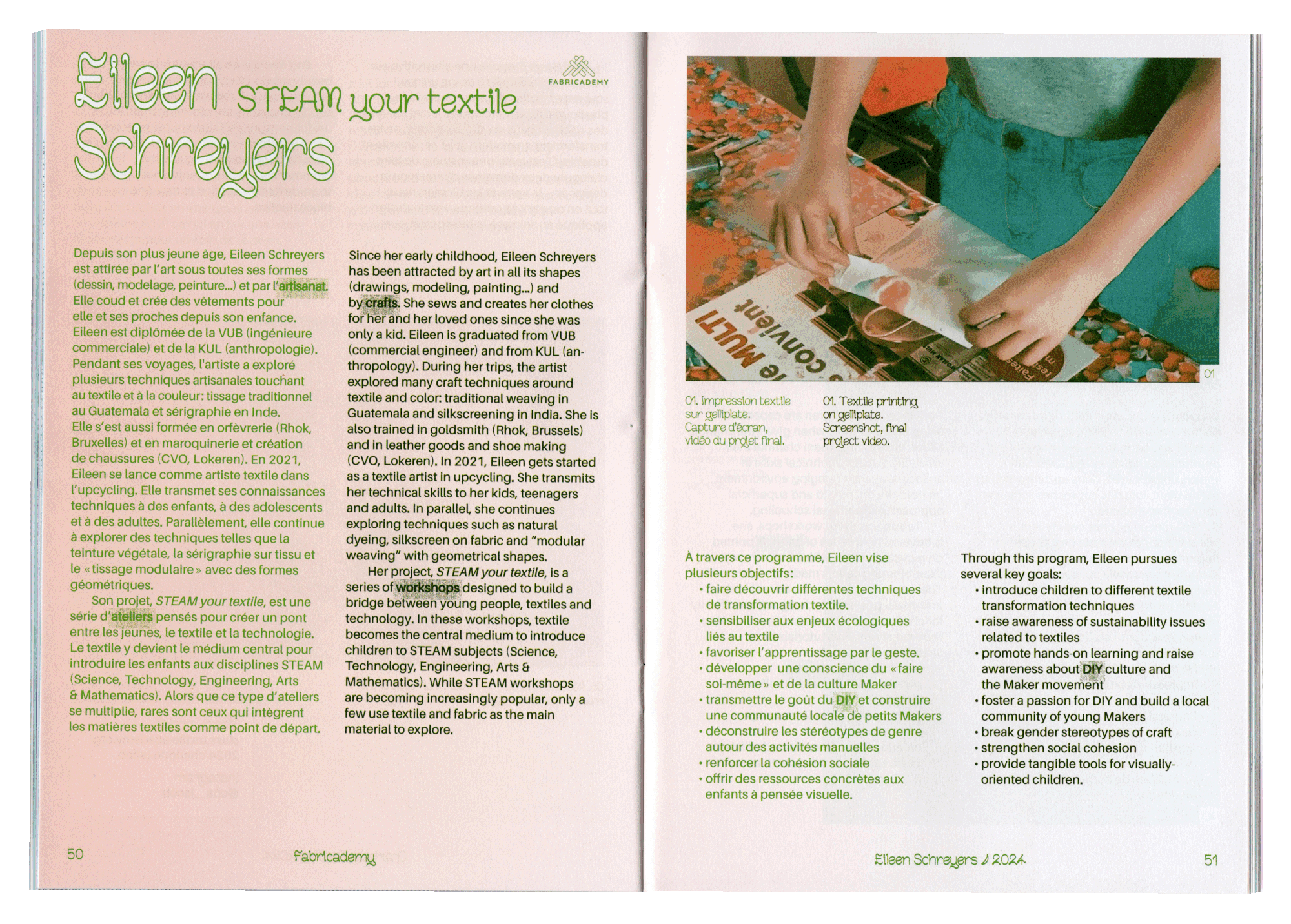
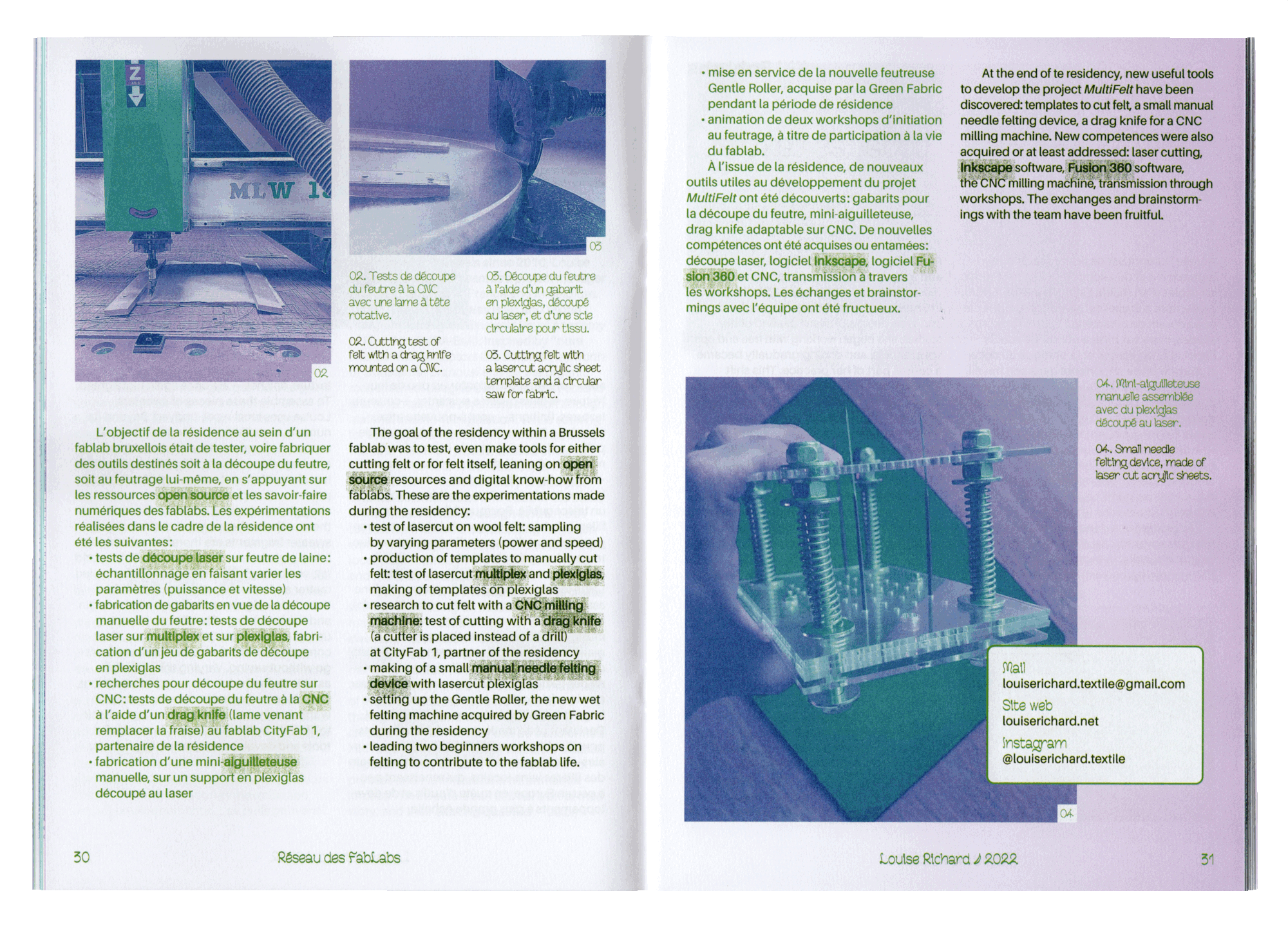
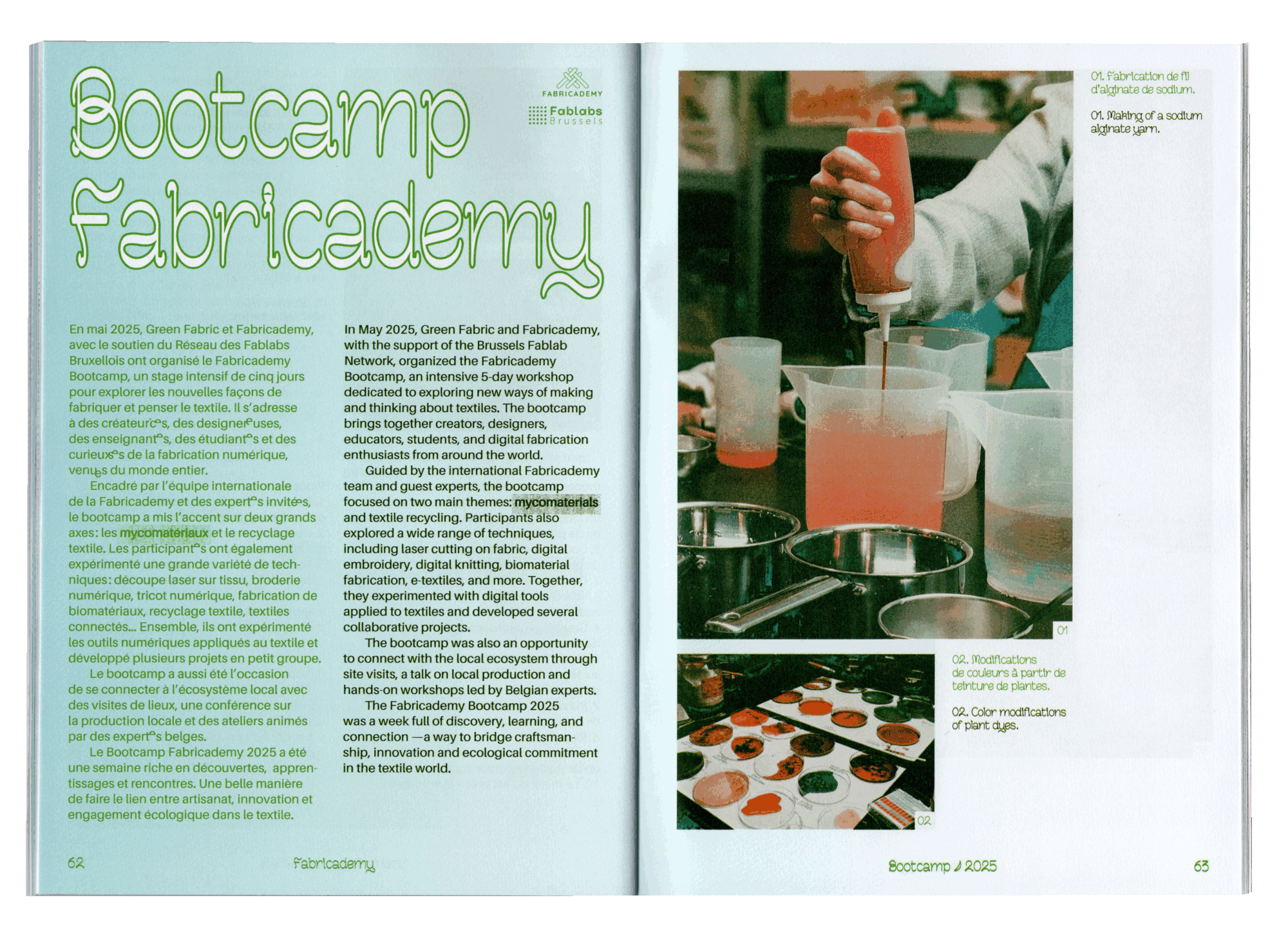
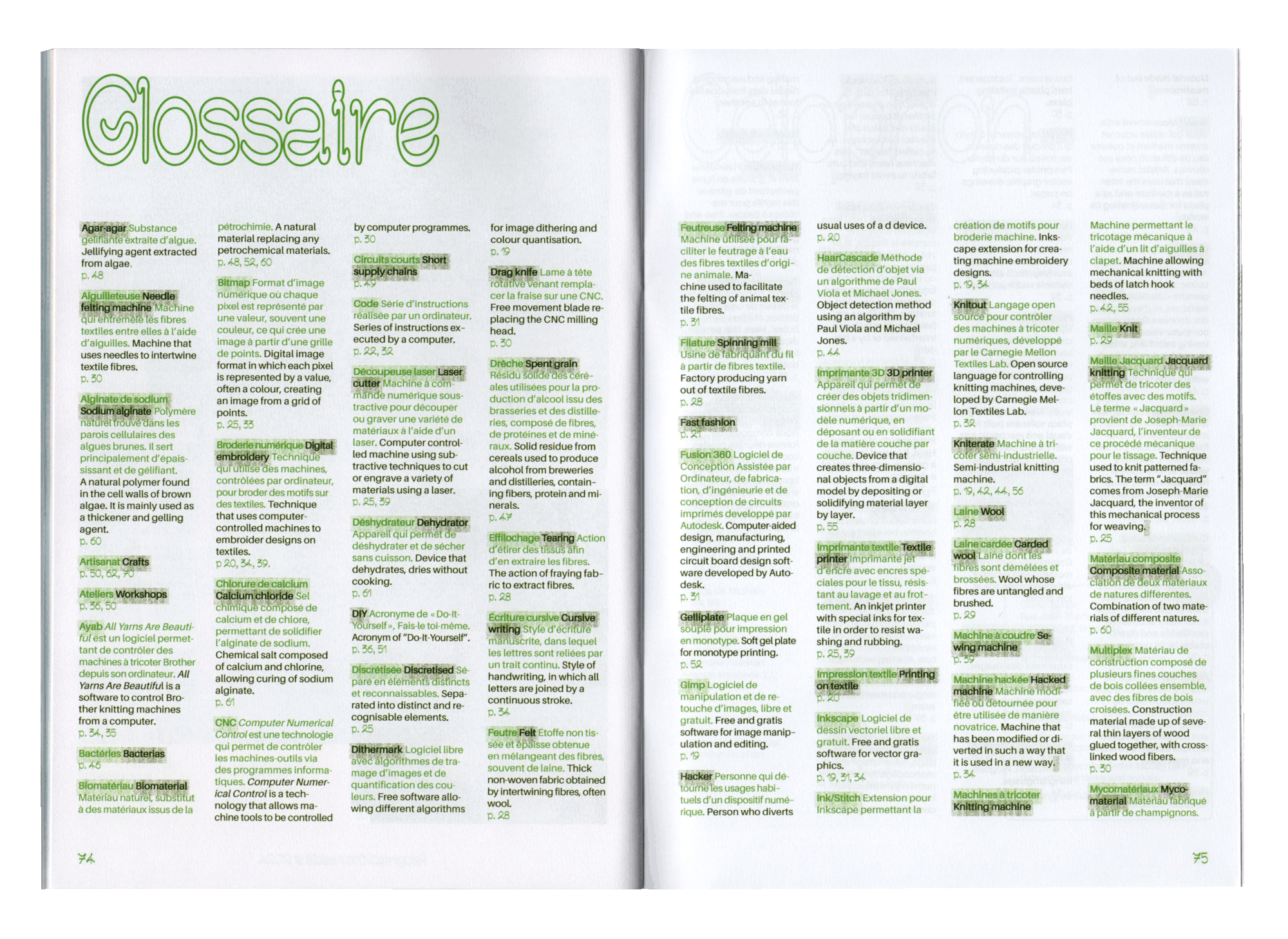
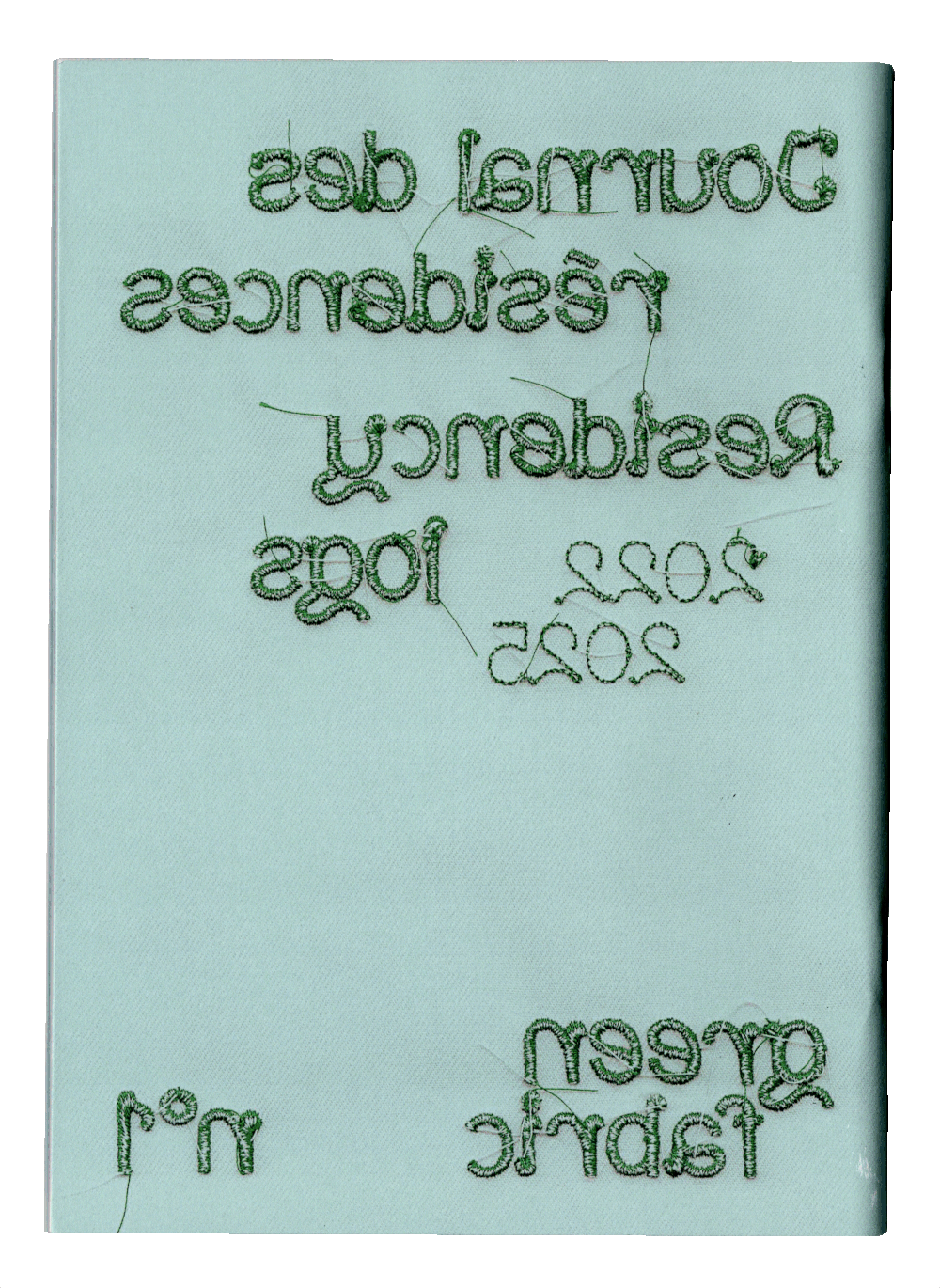
Journal des résidences
Dans ce journal, la Green Fabric, un fablab spécialisé dans le textile
à Bruxelles présente les diverses résidences artistiques passées
en son sein au cours des cinq dernières années. Mis en page en
logiciels libres et open source en colla boration avec Inès Rouatbi.









Orga & moula
Concrètement, comment on fait pour s'organiser collectivement au travail? Cette recherche non exhaustive tentera d'éclairer cette question à travers des entretiens de collectif·ves de graphistes, d’éditeur·ices, d’artistes et de projets d’étudianx. Comment s'organiser, avec quels outils, au sein de structures collectives de design graphique, et pour l’argent aussi. Rassembler des récits d’expériences, imaginer des formes d'utopies au travail, et se projeter avec différentes perspectives après l’école d’art.
Plus d'infos ici
Concretely, how do we organise ourselves collectively at work? This non-exhaustive study will attempt to shed light on this question through interviews with graphic design collectives, publishers, artists and student projects. How to get organised, with what tools, within collective graphic design structures, and for money too. Gathering stories of experience, imagining forms of utopia at work, and projecting different perspectives after art school.








Fanzine à propos de typotes (femmes ouvrières pour l'impression typographique) du fin 19e au début 20e en France. Il comprends 3 textes, qui nous relatent différents portraits et récits de luttes de typotes, face à un syndicat du livre mysogine.
Mis en page en HTML2PRINT avec l'outil pagedjs.
PDF Fanzine Typotes imposé téléchargeable
Fanzine about typotes (women typographical printers) in the late 19th and early 20th centuries in France. It includes 3 texts, which tell us different portraits and stories of the fight of typographers against a mysoginist book rade union.
Layout in HTML2PRINT with the pagedjs tool.





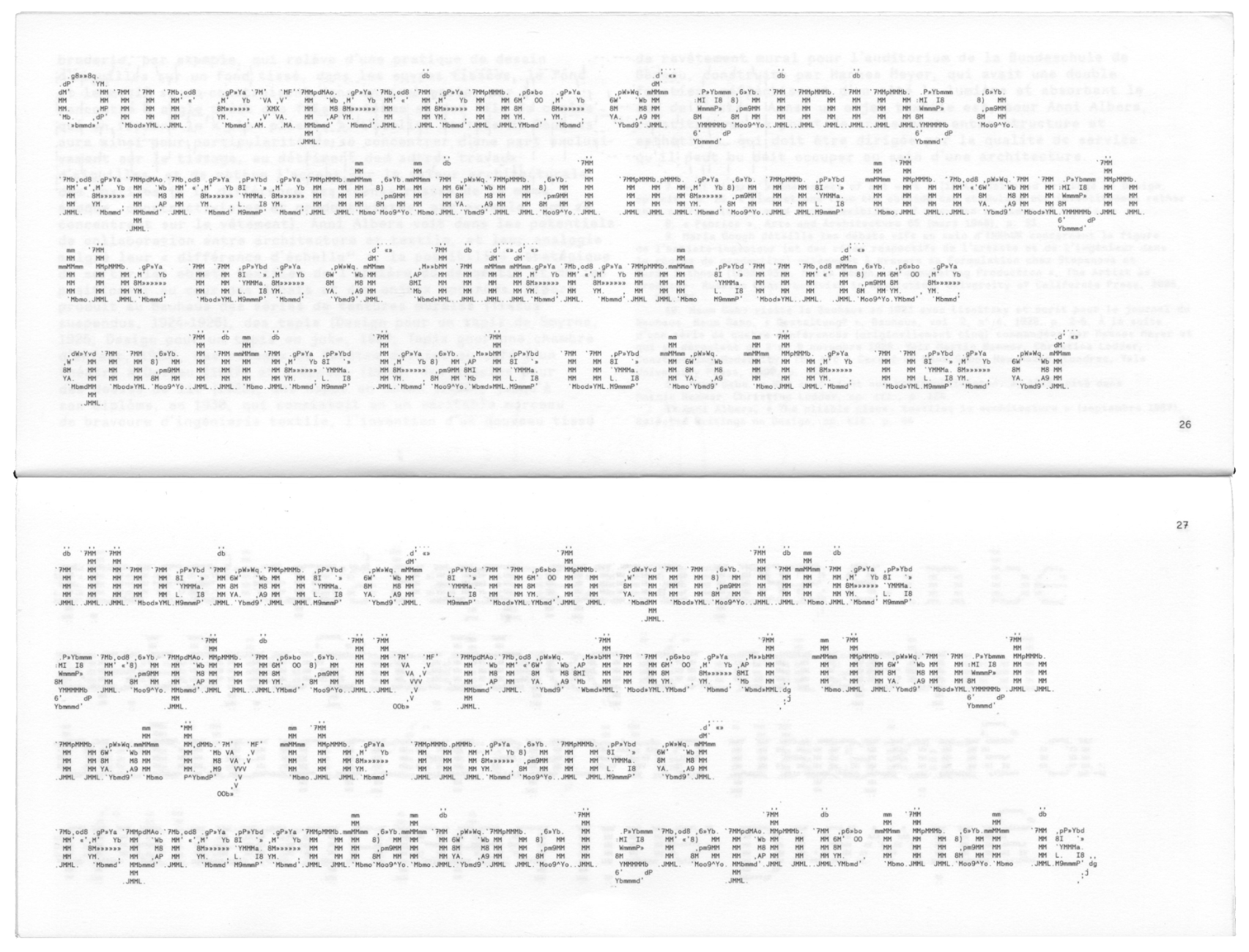



Fanzine regroupant des extraits de textes de Du tissage, de Anni Albers, dans lequels elle évoque des liens entre le texte et le textile. Pour illustrer son propos, la fonte Woven est utilisée et tisse les lettres et les lignes entre elles, et l'ASCII art trame les images avec du texte.
Fanzine including extracts from On Weaving, by Anni Albers, in which she evokes the links between text and textiles. To illustrate her point, the Woven font is used to weaves letters and lines together, and ASCII art to weaves images with text.









Affiches fictives de films, évènements, objets... pour mettre en utilisation la fonte Salt'n'pepa, autour du même thème du groove.
Fictitious posters of films, events, objects... to use the Salt'n'pepa font, based on the same theme of groove.








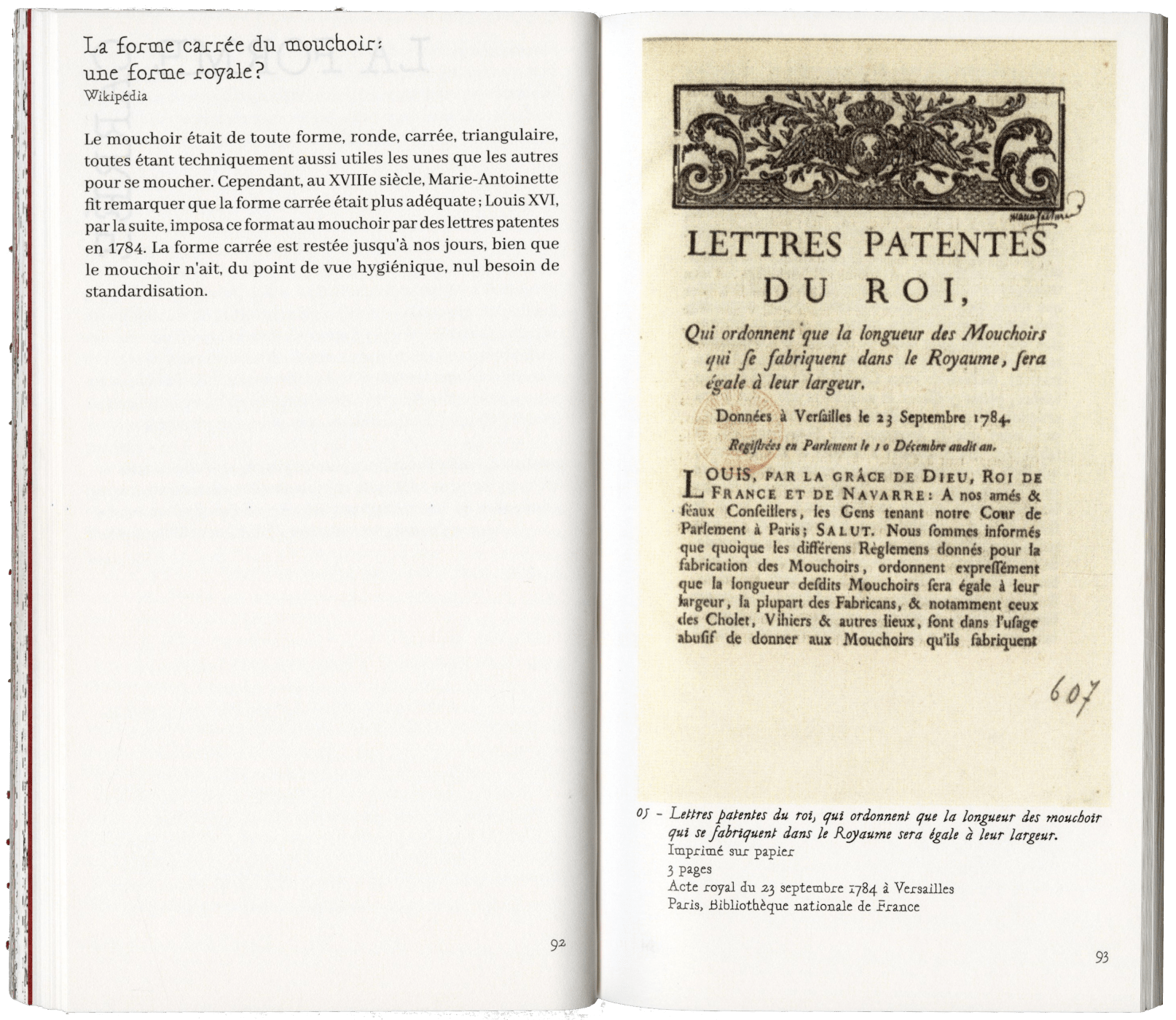
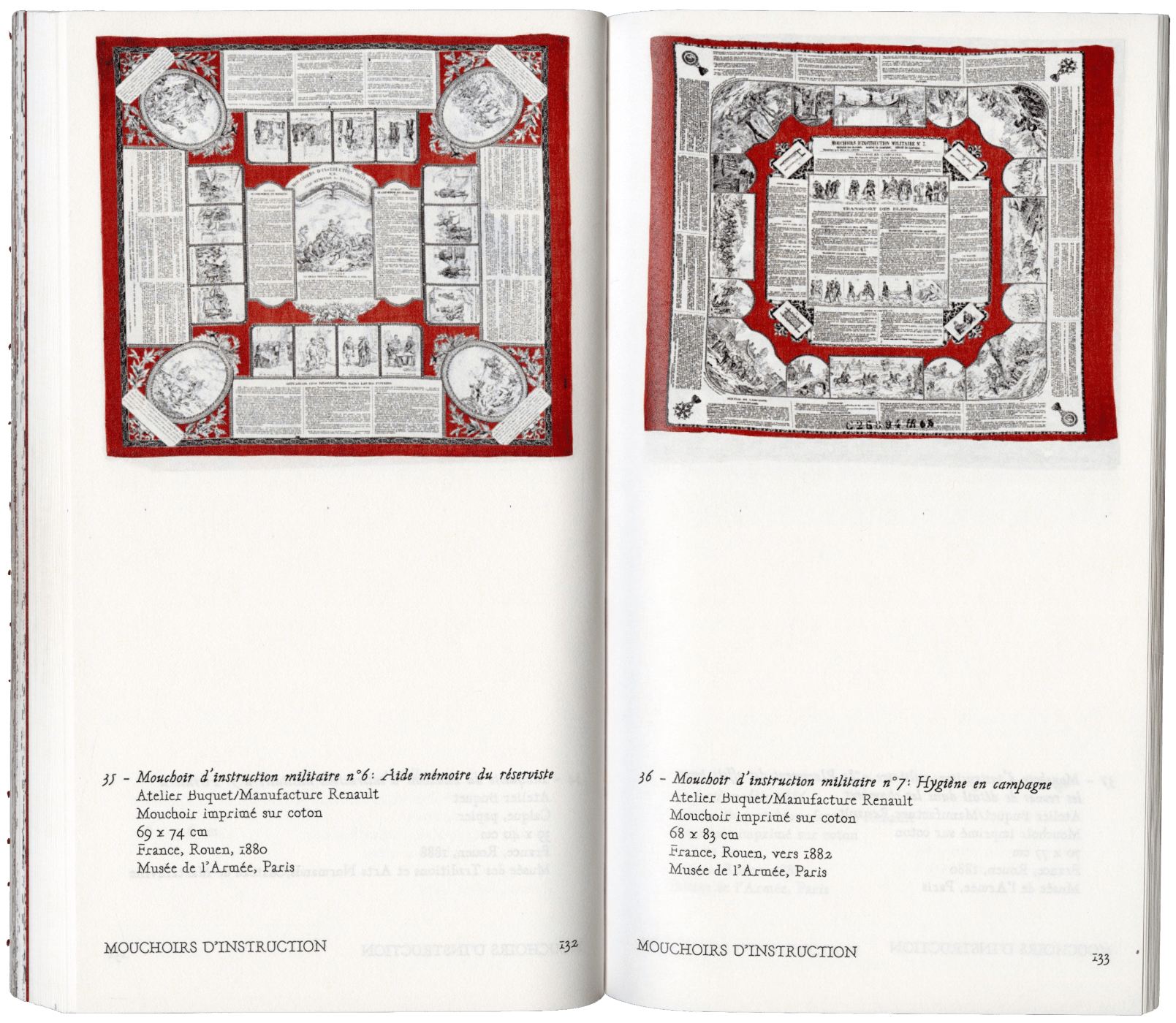

Éditions à propos des mouchoirs illustrés, imprimés par l'atelier Buquet à Rouen à la fin du XIXe siècle. Les mouchoirs d'instructions militaires, sont des objets fascinants de par leur mise en page. Dans l'édition, ils sont d'abord analysés, décortiqués, puis inventoriés. S'ajoute à cela, toute une recherche documentaire.
Editions about the illustrated handkerchiefs printed by the atelier Buquet in Rouen (FR) at the end of the 19th century. Military instruction handkerchiefs are fascinating objects because of their layout. In this edition, they are first analysed, dissected and then inventoried. To this is added a whole documentary research.


Détournement des codes des mouchoirs d'instruction militaire du XIXe, et adaptés pour le mouchoir d'une lutte d'aujourd'hui. Un foulard féministe, qui contient des extrait de chaque chapitre de Tout le monde peut être féministe de bell hooks.
Hijacking of the codes of 19th century Military instruction handkerchiefs, adapted for the handkerchief of a modern-day fight.
A feminist scarf, containing extracts from each chapter of Feminism is for everybody by bell hooks.








Édition d'une collection de relevés épigraphiques subjectifs d'un dendroglyphe (gravure sur un arbre) FV capturé à Toulouse. Cette collection est mise en relation avec la thèse Historical Land Use Information from Culturally Modified Trees de Rikard Andersson.
Publication of a collection of subjective epigraphic records of an FV dendroglyph (engraving on a tree) captured in Toulouse. This collection is linked to Rikard Andersson's thesis Historical Land Use Information from Culturally Modified Trees.
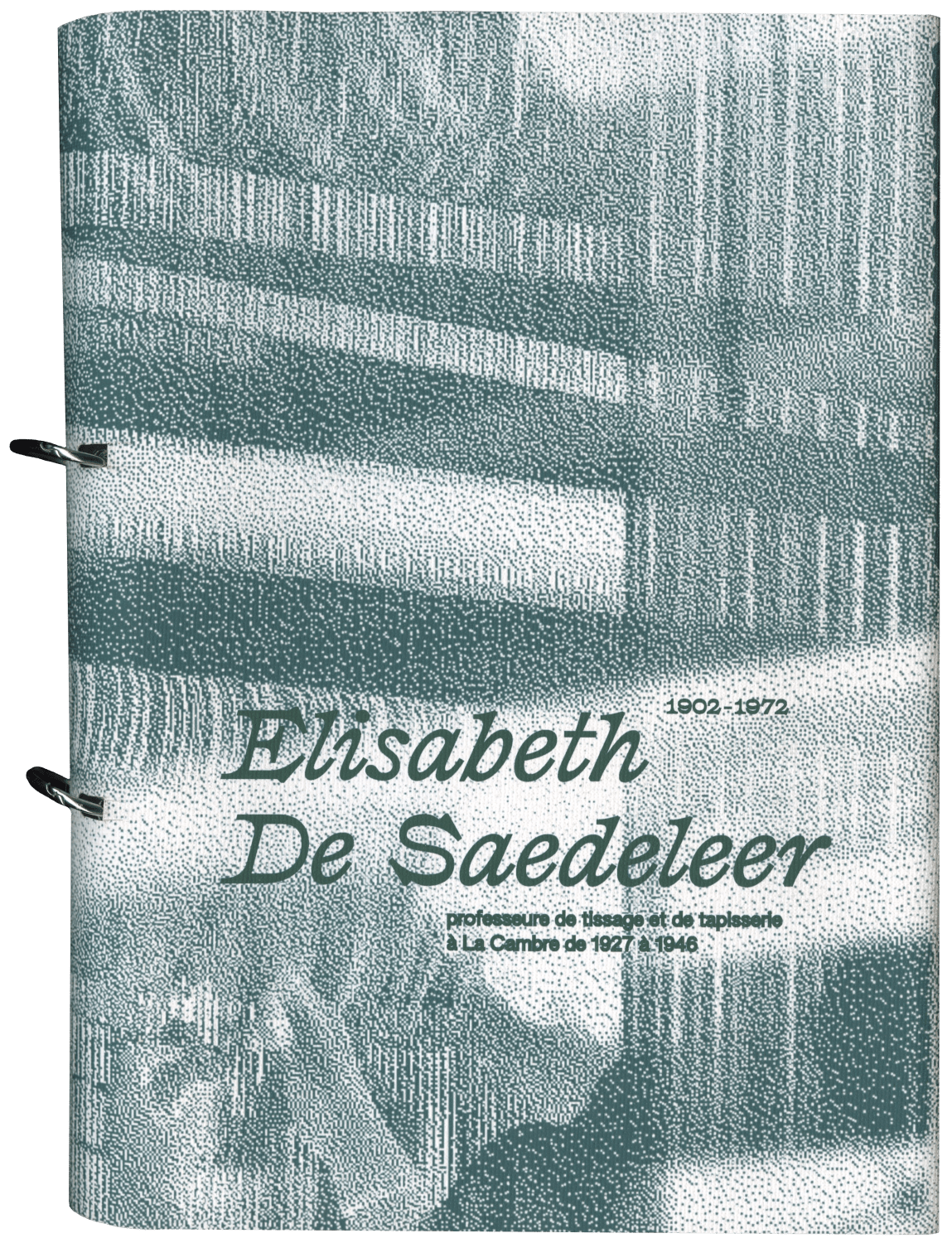






À travers un dossier d'archives et des photographies consultées à l'école de La Cambre, cette édition retraçe le parcours d'Elisabeth de Saedeleer, une des premières professeures femmes, à l'atelier textile de La Cambre. Le but étant de mettre en avant son portrait, et notamment un épisode marqué par la seconde guerre mondiale.
Through a folder of archives and photographs consulted at La Cambre school, this edition traces the career of Elisabeth de Saedeleer, one of the first women teachers at La Cambre textile atelier. The aim is to highlight her portrait, including an episode marked by the Second World War.

